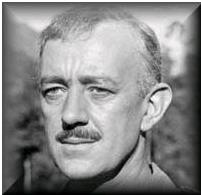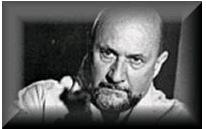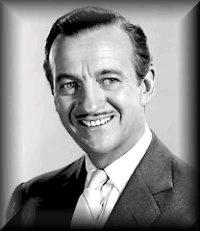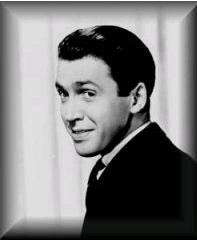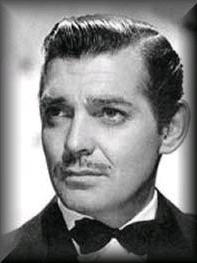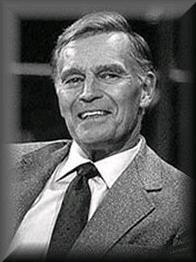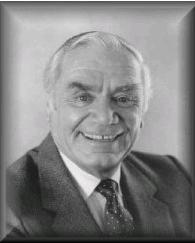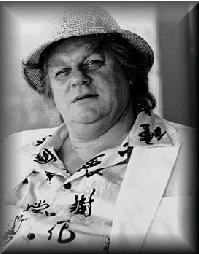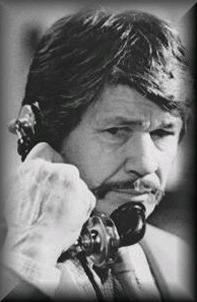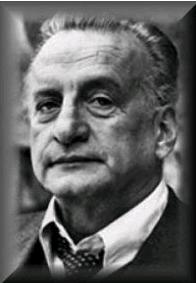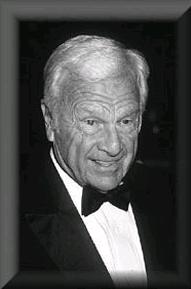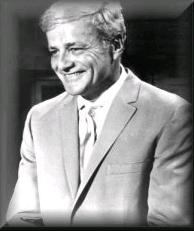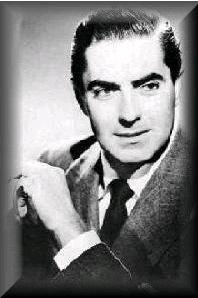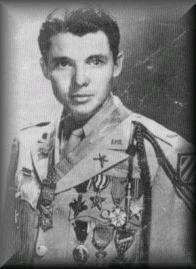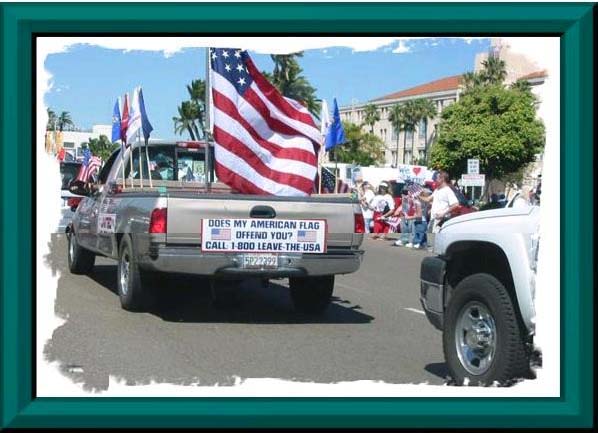Silver Screen Heroes of The Greatest Generation
In 1936 I hit the jackpot! I was born in America. Now in 2018 as an 82 year old Korea Veteran, I feel lucky and proud to have lived in such a patriotic generation.
- Hal Netkin
In contrast to the ideals, opinions and feelings of today's "Hollywonk" the real actors of yesteryear loved the United States.
They had both class and integrity. With the advent of World War Many of our actors went to fight rather than stand and rant against this country we all love.
They gave up their wealth, position and fame to become service men & women, many as enlisted.
This page lists but a few, but from this group of only 18 men came over 70 medals in honor of their valor, spanning from Bronze Stars, Silver Stars, Distinguish Service Cross', Purple Hearts and one Congressional Medal of Honor.
So remember; while the "Entertainers of 2000s" have been in all of the news media I would like to remind the people of what the entertainers of 1940s were doing.
Most of these brave men have since passed on.
Real Hollywood Heros
Alec Guinness (Star Wars) operated a British Royal Navy landing craft on D-Day.
James Doohan ("Scotty" on Star Trek) landed in Normandy with the U. S. Army on D-Day.
Donald Pleasance (The Great Escape) was in actual life an R. A. F. pilot who was shot down, held prisoner and tortured by the Germans.
David Niven was a Sandhurst graduate and Lt. Colonel of the British Commandos in Normandy.
James Stewart Entered the Army Air Force as a private and worked his way to the rank of Colonel. During World War II, Stewart served as a bomber pilot, his service record crediting him with leading more than 20 missions over Germany, and taking part in hundreds of air strikes during his tour of duty. Stewart earned the Air Medal, the Distinguished Flying Cross, France's Croix de Guerre, and 7 Battle Stars during World War II. In peace time, Stewart continued to be an active member of the Air Force as a reservist, reaching the rank of Brigadier General before retiring in the late 1950s.
Clark Gable was a Mega-Movie Star when war broke out. Although he was beyond the draft age at the time, he entered WW II, Clark Gable enlisted as a private in the Army Air Force on Aug. 12, 1942 at Los Angeles. He attended the Officers' Candidate School at Miami Beach, Fla. and graduated as a second lieutenant on Oct. 28, 1942. He then attended aerial gunnery school and in Feb. 1943 he was assigned to the 351st Bomb Group at Polebrook where flew operational missions over Europe in B-17s. Capt. Gable returned to the U.S. in Oct. 1943 and was relieved from active duty as a major on Jun. 12, 1944 at his own request, since he was over-age for combat.
Charlton Heston was an Army Air Corps Sergeant in Kodiak.
Earnest Borgnine was a U. S. Navy Gunner's Mate 1935-1945.
Charles Durning was a U. S. Army Ranger at Normandy earning a Silver Star and awarded the Purple Heart.
Charles Bronson was a tail gunner in the Army Air Corps, more specifically on B-29s in the 20th Air Force out of Guam, Tinian, and Saipan.
George C. Scott was a decorated U. S. Marine.
Eddie Albert (Green Acres TV) was awarded a Bronze Star for his heroic action as a U. S. Naval officer aiding Marines at the horrific battle on the island of Tarawa in the Pacific Nov. 1943.
Brian Keith served as a U.S. Marine rear gunner in several actions against the Japanese on Rabal in the Pacific.
Lee Marvin was a U.S. Marine on Saipan during the Marianas campaign when he was wounded earning the Purple Heart.
John Russell: In 1942, he enlisted in the Marine Corps where he received a battlefield commission and was wounded and highly decorated for valor at Guadalcanal.
Robert Ryan was a U. S. Marine who served with the O. S. S. in Yugoslavia.
Tyrone Power (an established movie star when Pearl Harbor was bombed) joined the U.S. Marines, was a pilot flying supplies into, and wounded Marines out of, Iwo Jima and Okinawa.
Audie Murphy, little 5'5" tall 110 pound guy from Texas who played cowboy parts. Most Decorated serviceman of WWII and earned: Medal of Honor, Distinguished Service Cross, 2 Silver Star Medals, Legion of Merit, 2 Bronze Star Medals with "V", 2 Purple Hearts, U.S. Army Outstanding Civilian Service Medal, Good Conduct Medal, 2 Distinguished Unit Emblems, American Campaign Medal, European-African-Middle Eastern Campaign Medal with One Silver Star, Four Bronze Service Stars (representing nine campaigns) and one Bronze Arrowhead (representing assault landing at Sicily and Southern France) World War II Victory Medal Army of Occupation Medal with Germany Clasp, Armed Forces Reserve Medal, Combat Infantry Badge, Marksman Badge with Rifle Bar, Expert Badge with Bayonet Bar, French Fourragere in Colors of the Croix de Guerre, French Legion of Honor, Grade of Chevalier, French Croix de Guerre With Silver Star, French Croix de Guerre with Palm, Medal of Liberated France, Belgian Croix de Guerre 1940 Palm.
So how do you feel the real heroes of the silver screen acted when compared to the hollywonks today who spray out anti-American drivel as they bite the hand that feeds them?
Ronald Reagan enlisted in the Army on 29 April 1937, He was appointed Second Lieutenant in the Officers Reserve Corps of the Cavalry on 25 May 1937. In that year, Reagan moved to Los Angeles to begin his film career, accepted his Officer’s Commission and was assigned to the 323rd Cavalry.
Lieutenant Reagan was ordered to active duty on 19 April 1942. Due to eyesight difficulties, he was classified for limited service only. His first assignment was at the San Francisco Port of Embarkation at Fort Mason, California, as liaison officer of the Port and Transportation Office. Upon the request of the Army Air Forces (AAF), he applied for a transfer from the Cavalry to the AAF on 15 May 1942; the transfer was approved on 9 June 1942. He was assigned to AAF Public Relations and subsequently to the 1st Motion Picture Unit in Culver City, California to make AAF learning films. By the end of the war, his units had produced some 400 training films for the Army Air Forces.
Reagan’s Reserve Commission automatically terminated on 1 April 1953. However, he became Commander-in-Chief of all U.S. Armed Forces when he became President on 20 January 1981.
